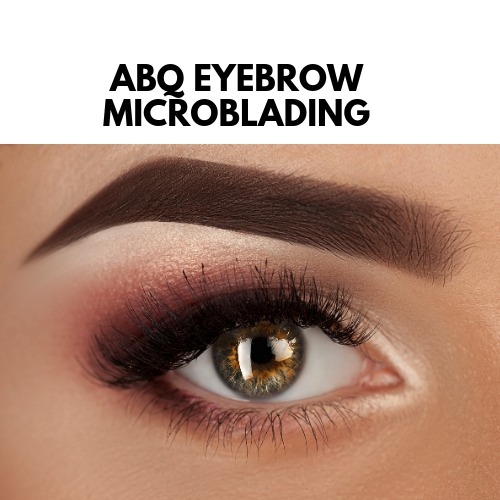Are you considering removing permanent makeup, particularly microblading eyebrows? Understanding the process thoroughly is crucial to making informed decisions. Here’s a comprehensive guide to help you confidently navigate permanent makeup removal.
Permanent makeup, including microblading eyebrows, is a cosmetic procedure designed to enhance facial features semi-permanently. While many individuals are satisfied with their results, others may seek removal due to dissatisfaction, preference changes, or unforeseen complications.
Before undergoing permanent makeup removal, it is essential to seek advice from a licensed expert with experience in cosmetic tattoo removal. These experts possess the resources, instruments, and knowledge required to remove permanent makeup safely and efficiently with the fewest side effects.
The process of permanent makeup removal varies depending on factors such as the type of pigment used, the depth of the ink, and the individual’s skin type. Standard methods include laser tattoo removal, saline tattoo removal, and surgical excision. Each technique has benefits and limitations, so discussing your options with your chosen specialist is essential.
Laser tattoo removal is one of the most common methods for permanent makeup removal. Using laser energy, the pigment particles in the skin are broken down so that the body may eventually get rid of them on its own. The process may be uncomfortable and have transient adverse effects, and it can take several sessions to achieve the desired outcomes.
Saline tattoo removal is another popular option for permanent makeup removal, particularly for microblading eyebrows. This method involves tattooing a saline solution into the skin to lift the pigment particles to the surface, which can be removed through the body’s natural healing process. While saline tattoo removal is generally less painful and invasive than laser treatment, it may require multiple sessions to achieve optimal results.
Surgical excision is typically reserved for cases where permanent makeup removal cannot be achieved through other methods. During this treatment, the tattooed skin tissue is surgically removed, and the remaining skin is sutured. Even while surgical excision can yield results immediately, there is a greater chance of scarring and a longer recuperation time.
Regardless of the selected method, it is crucial that you carefully adhere to your specialist’s post-treatment care recommendations. This may include avoiding sun exposure, applying topical ointments, and attending follow-up appointments to monitor progress and address concerns.
In summary, permanent makeup removal is a complex procedure that professionals must carefully think out and guide. By understanding the available options, consulting with qualified professionals, and prioritizing post-treatment care, you can navigate the removal process successfully and achieve the desired results. If you’re considering removing permanent makeup, including microblading eyebrows, contact a trusted specialist to discuss your options and take the first step towards a fresh start.
